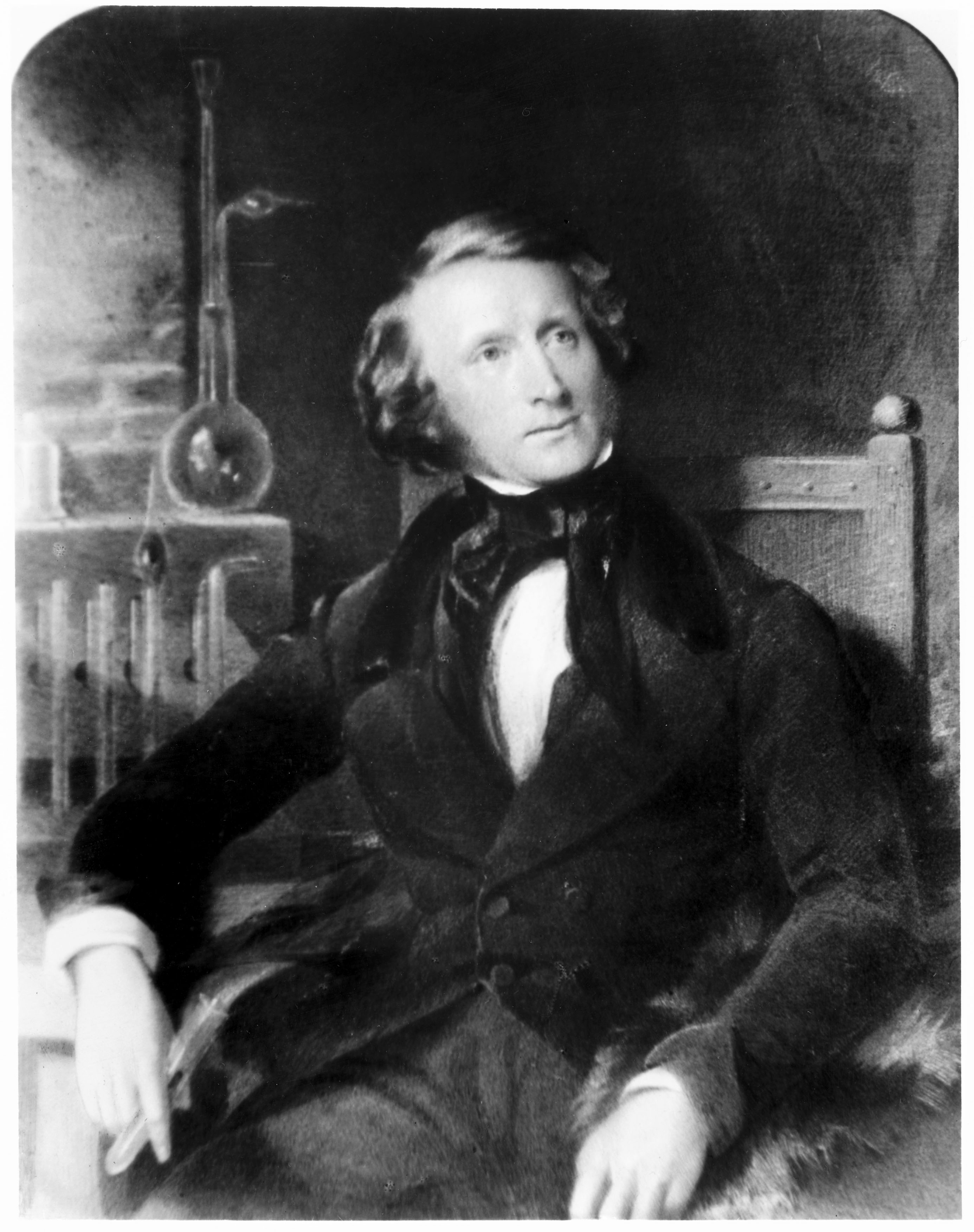Alexander Parkes was born in Birmingham on 29 December 1813. In his early career he described himself as an artist, and only later a chemist. He might also have described himself as a metallurgist.
A decorative metalworker by training, Parkes was to turn his sharp intelligence towards a variety of old and new materials in the burgeoning industrial world of mid-19th-century Britain. His life was an active one – he was granted over 66 patents. He also found time to father 17 children with two wives, his second wife being the friend of his eldest daughter.

Parkes had a varied and successful career in metallurgy, working on a number of processes, including the desilverising of lead – known as the Parkes process. While employed at Elkington, Mason and Company in Birmingham, he developed a process for electroplating works of art and later fragile natural objects. The epitome of this technique was a silver-plated spider’s web presented to Prince Albert.
Parkes is perhaps best known for the eponymous Parkesine – the first form of celluloid – an early semi-synthetic plastic based on gun cotton. He took out his first related patent in 1855. Parkes later won a bronze medal for excellence of product in the International Exhibition of 1862 and later a silver medal at the Paris Universal Exhibition in 1867.

Henry Bessemer, of steel production fame, was a colleague of Parkes. Indeed Bessemer topped the list of the investors in the Parkesine Company set up in 1866, although the company failed in 1868 – probably because of issues associated with quality and flammability. Parkes, though a prolific inventor, was no businessman. We might see him as a victim of an agile but perhaps too busy mind, and of a strong moral conscience. When he developed a potentially lucrative explosive powder, he refused to sell it to the British, French or Russian governments.
In a letter written on 7 March 1881, Parkes rather plaintively remarked that: ‘In answer to the American Inquiry “Who Invented Celluloid” … I do wish the World to know who the inventor really was, for it is a poor reward after all I have done to be denied the merit of the invention.’
Celluloid, the direct descendant of Parkesine, became a great commercial success, used to make a range of decorative goods, often imitating the more expensive ivory, tortoiseshell and mother-of-pearl. Perhaps its most enduring legacy was its application in cinematic film. Parkes had foreseen the use of Parkesine film as a replacement for glass photographic negatives as early as 1856. Even he would have been amazed by the development of celluloid film and the birth of the Hollywood film industry.
Parkesine is a fragile material, subject to degradation by light, so is seldom put on display. But from December 2013 to mid 2014 a selection of objects made from this beautiful and rare semi-synthetic plastic can be seen at the Science Museum, together with other items associated with the life and works of Alexander Parkes.